Choosing a career path can seem daunting, particularly when it requires making a commitment to earn an advanced degree. For a person who is empathetic, patient, and dedicated to solving complex problems that can help people live happier, more active lives, physical therapy can be a wonderful career choice.
Earning an undergraduate degree plus a Doctor of Physical Therapy (DPT) takes, on average, a total of seven years of school. An accelerated physical therapy degree program, however, such as the one offered at Russell Sage, takes just six years. An accelerated program can save students time and money while still ensuring they are well prepared to enter the workforce as a physical therapist.
Benefits of Accelerated Physical Therapy Degree Programs
The top benefits of completing a DPT degree faster than normal revolve around saving time and money. When a student has a clear career goal in mind, getting out of school and into the workforce sooner simply makes sense.
Faster Entry into the Workforce
Perhaps the most tempting benefit of choosing a fast-track physical therapy degree program is being able to start work and start earning a full-time salary much sooner. According to the Bureau of Labor Statistics (BLS), the median salary for physical therapists as of 2022 was $97,720 per year. Additionally, the BLS found that the demand for physical therapists is expected to grow by 15% between 2022 and 2032, which is much faster than the average for all professions. Upon graduation, physical therapists are likely to quickly find jobs that pay well.
Cost-Effective
Both undergraduate and graduate degrees come with significant price tags attached. Because college programs typically charge by the credit hour, the more credits that are required to graduate, the more the degree will ultimately cost.
Accelerated physical therapy programs save students an entire year (typically 30 credits) of tuition expenses, which adds up to significant cost savings. Interested applicants should note that the accelerated program allows admitted students to complete their undergraduate degree in three years, which means the savings are based on the cost of undergraduate credits.
Strong Focus on Physical Therapy
Because receiving an accelerated physical therapy education allows students to complete their undergraduate degrees in just three years, fewer credits are required to complete nonmajor electives. While all graduates still receive a well-rounded education in an accelerated program, focusing on more relevant undergraduate major courses in biology, health sciences, and psychology allows students to become more immersed in the physical therapy world.
High Demand for Physical Therapists
As noted earlier, the demand for physical therapists is expected to increase over the next decade, with more than 37,000 jobs expected to be added across the U.S. An aging population means that many rehabilitative healthcare fields are expected to keep growing for many years to come. New York sState has one of the highest rates of employment for physical therapists, coming in third in the nation after California and Texas, with more than 15,000 physical therapists working in the state.
Competitive Advantage
Earning a degree at an accelerated pace can offer a competitive advantage when it comes to finding employment. The dedication and perseverance required to complete an accelerated degree plan, in addition to the professional contacts made in a DPT program, can serve applicants well in their future job searches. At Russell Sage in 2020 and 2021, 100% of DPT graduates who sought employment secured a position within one year after graduation.
Varied Clinical Experiences
Most physical therapists are employed in one of five settings:
- Private health practitioner offices (non-physician)
- Hospitals
- Home health care services
- Physician’s offices
- Skilled nursing facilities
Students in the Russell Sage accelerated physical therapy program will have the opportunity to practice their clinical skills in each of these settings. In addition to learning in well-equipped physical therapy labs and a traditional anatomy lab, students work with real people with real medical issues who live in the community.
DPT students work with patients under the supervision of licensed physical therapists in different settings: hospitals, schools, skilled nursing facilities, and private practices. As students become more experienced, their responsibilities will progress over the course of one eight-week and two 12-week clinical experiences. By a student’s third clinical experience, they will have responsibilities that are identical to those of an entry-level physical therapist.
Strong Support Systems
Admission to the accelerated physical therapy program is limited. All applicants must meet certain requirements, whether applying as a high school student or as a transfer student. Due to the limited nature of the program, class sizes tend to stay small, allowing students to develop close relationships with their classmates and form mentoring bonds with faculty. The accelerated physical therapy program is rigorous, so a strong support system can be extremely helpful for completing the DPT degree.
Choose Russell Sage for an Accelerated Physical Therapy Degree
An accelerated physical therapy degree program presents a remarkable opportunity for aspiring physical therapists. By saving time and money, offering a focused curriculum, and ensuring faster entry into a high-demand job market, this program is an attractive option for dedicated individuals. Students benefit not only from cost savings and early workforce entry, but also from a curriculum tailored to their career, varied clinical experiences, and a strong support system. With the growing need for physical therapists, especially in states like New York, and the competitive advantage gained from completing a rigorous program more quickly, graduates are well-positioned to secure rewarding positions in this fulfilling field. The accelerated physical therapy degree program at Russell Sage is more than just an educational pathway; it’s a strategic choice for those committed to making a difference in healthcare and patients’ lives.

